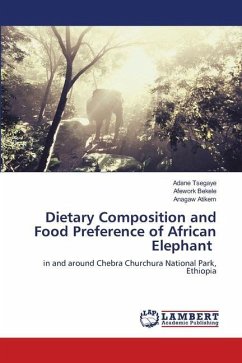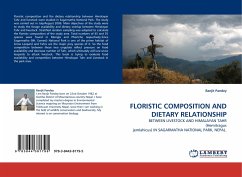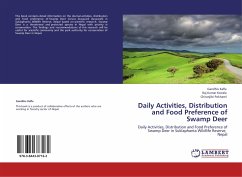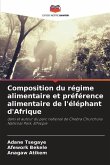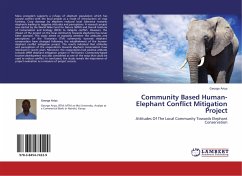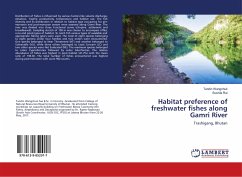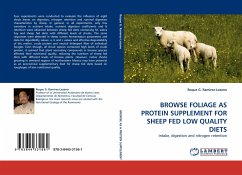Seasonal dietary composition and food habits of the African elephant (Loxodonta africana) were studied in Chebra Churchura National Park, Ethiopia. Plant species consumed by elephants were studied by examination of fresh feeding signs following focal groups of elephants using opportunistic direct feeding observations and the observation of elephant feeding sign on food trails (elephant feeding routes). Elephant feeding sign survey was conducted by scoring the different signs according to the frequency of species with feeding signs and part of the plant consumed. Elephants consumed a total of 109 plant species belonging to 34 families (not including crops). 99 species were recorded using feeding signs observation and day time feeding records in focal sample observation, while the remaining 10 species were recorded as consumed feeding sign. Family Fabaceae contributed the largest (13.42%), proportion of their diet while Solanaceae is the least (0. 37%). Based on the overall percentage contribution, Phoenix reclinata was the most consumed plant species which accounted for 1.95%. Oxytenanthera abyyssinica ranked second (1.85%).
Bitte wählen Sie Ihr Anliegen aus.
Rechnungen
Retourenschein anfordern
Bestellstatus
Storno

